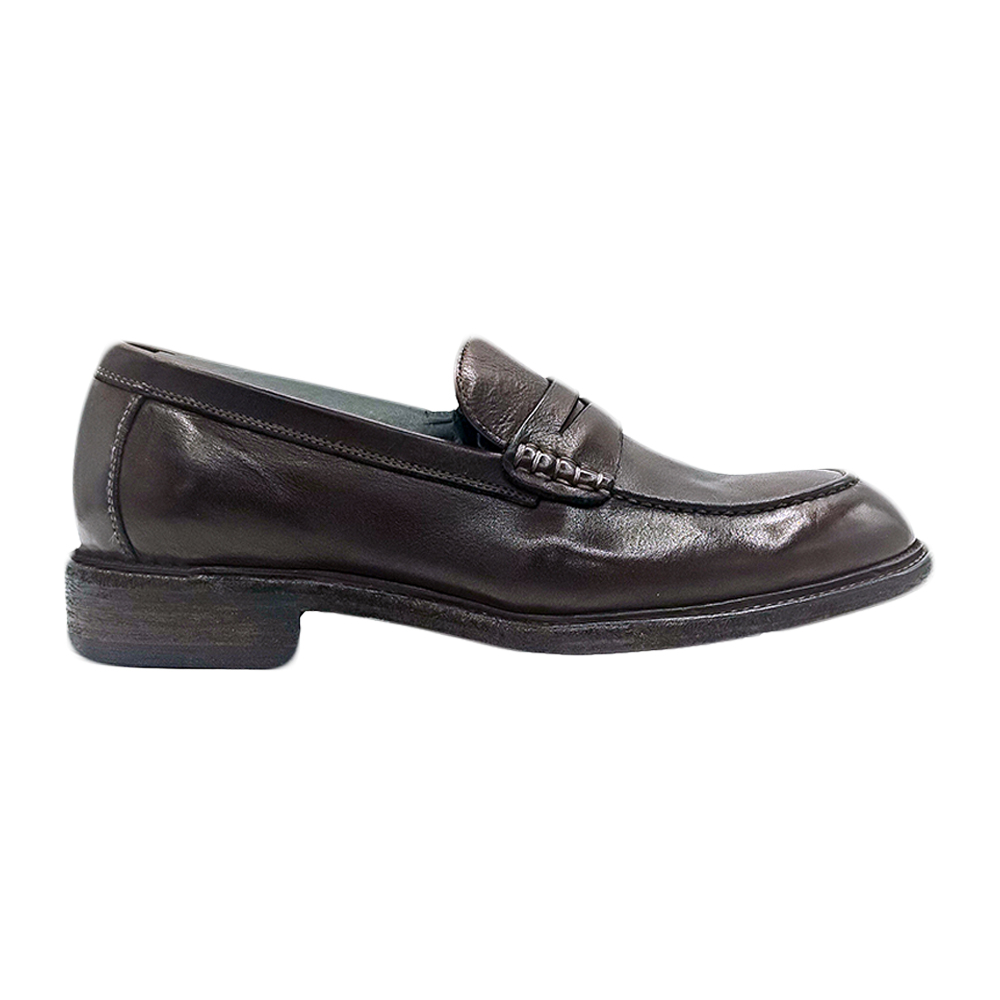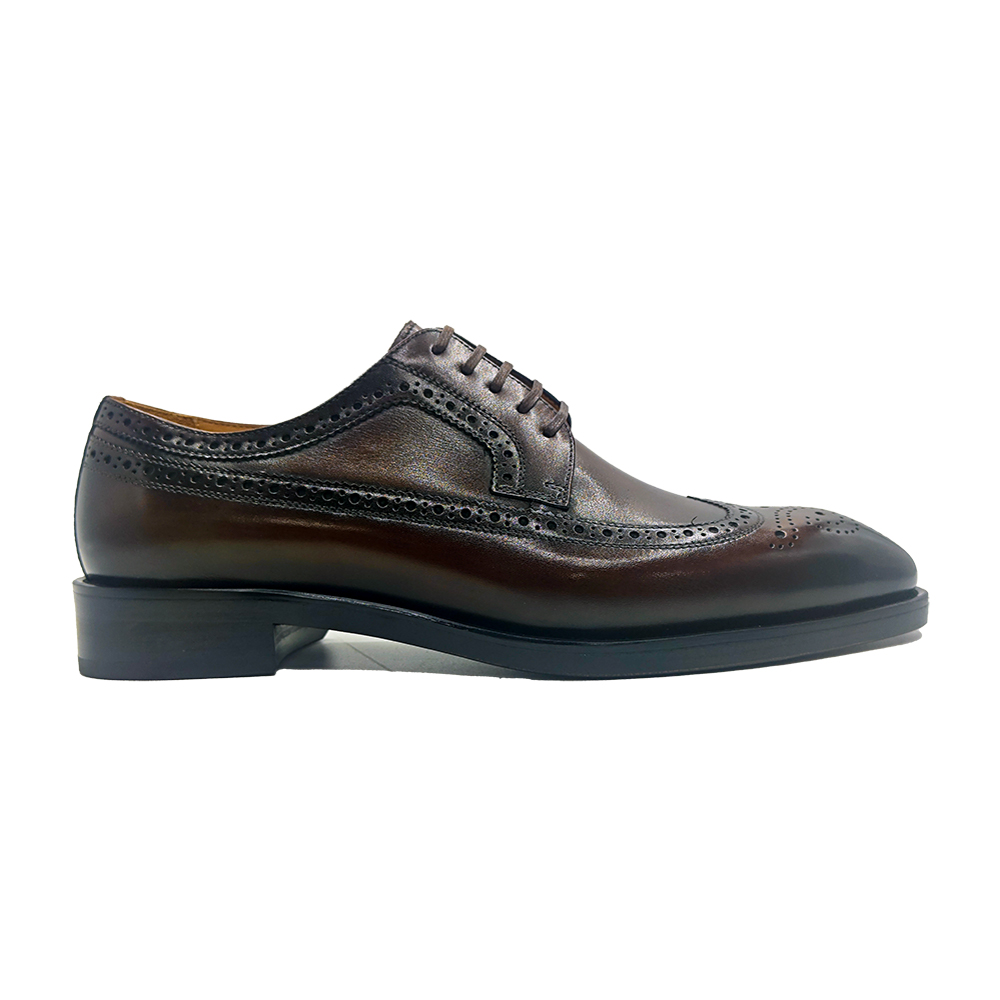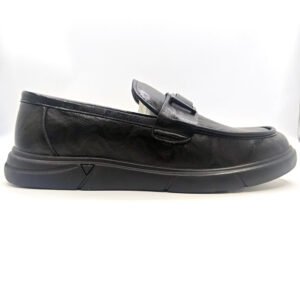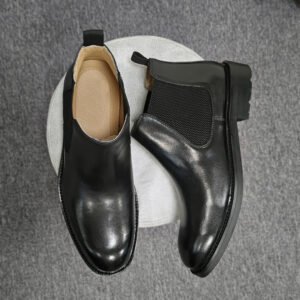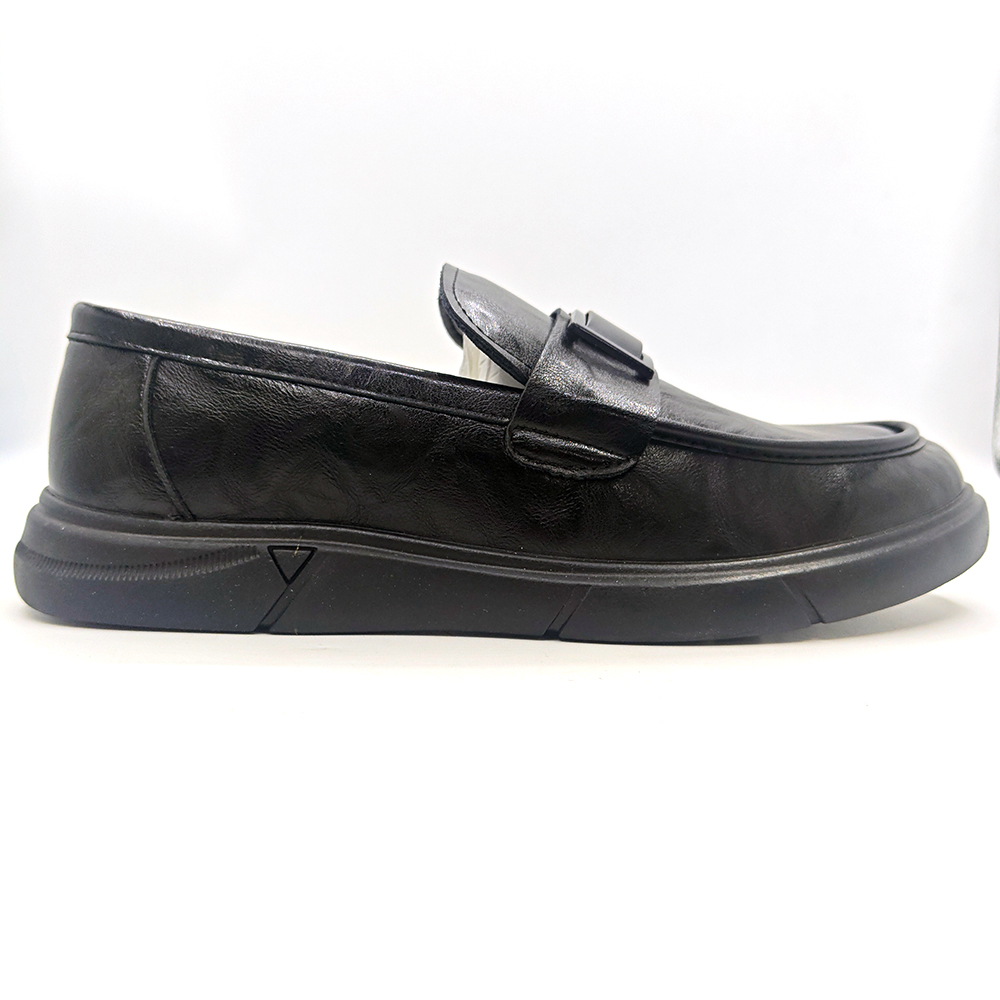Last Updated on 2025-09-06 by Topmenz Shoes
Goodyear shoes represent the pinnacle of footwear craftsmanship, blending centuries-old techniques with modern innovation. Renowned for their durability, comfort, and repairability, Goodyear welted shoes have become a symbol of quality in both formal and casual footwear. As a factory specializing in premium shoe manufacturing, we take pride in mastering this revered method. In this blog, we’ll explore the history, construction, benefits, and enduring appeal of Goodyear shoes, offering insights into why they remain a cornerstone of fine footwear.
1. The History of Goodyear Shoes: A Journey Through Time
The term “Goodyear welt” originates from the 19th-century innovation by Charles Goodyear Jr., son of the rubber vulcanization pioneer. While the Goodyear family’s legacy is often linked to tires, it was Charles Jr. who revolutionized shoemaking in 1871 by patenting a machine that stitched a leather strip (the welt) to the shoe’s upper and insole, creating a durable, waterproof seam. This mechanized process replaced hand-stitching, making high-quality shoes more accessible while retaining artisanal integrity.
Today, Goodyear shoes are synonymous with heritage and precision, favored by luxury brands and discerning wearers worldwide.
2. The Anatomy of Goodyear Shoes: Step-by-Step Craftsmanship
The Goodyear welt construction is a meticulous process involving over 100 steps. Here’s a breakdown of its key stages:
2.1 Lasting the Upper
The leather upper is stretched over a last (a foot-shaped mold) to define the shoe’s shape. Skilled artisans ensure tension is evenly distributed to prevent creasing.
2.2 Attaching the Welt
A strip of leather or synthetic material (the welt) is stitched to the upper and insole using a curved needle. This seam is water-resistant and forms the foundation for attaching the outsole.
2.3 Filling the Cavity
A cork or foam layer is injected between the insole and outsole. Over time, this material molds to the wearer’s foot, enhancing comfort.
2.4 Outsole Stitching
The outsole is stitched to the welt, creating a robust bond. Unlike glued soles, this seam can be reopened for repairs or resoling.
2.5 Finishing Touches
The heel is stacked, edges are trimmed and polished, and the shoe is buffed to a high shine.
3. Why Choose Goodyear Shoes? Unmatched Advantages
Goodyear welted shoes offer distinct benefits that justify their premium status:
3.1 Exceptional Durability
The double-stitched construction resists wear and tear, often lasting decades with proper care. The welt acts as a barrier against water and debris.
3.2 Repairability
Unlike cemented shoes, Goodyear shoes can be resoled multiple times. Simply replace the worn outsole while retaining the upper, reducing waste and cost over time.
3.3 Comfort
The cork filling conforms to the foot’s contours, offering personalized support. The raised heel and arch structure promote proper posture.
3.4 Breathability
Natural materials like leather uppers and cork midsoles allow airflow, preventing moisture buildup and odors.
3.5 Aesthetic Versatility
From Oxfords to boots, Goodyear construction adapts to diverse styles, making it ideal for formal, casual, or rugged footwear.
-
Rated 0 out of 5
-
Rated 0 out of 5
-
Rated 0 out of 5
-
Rated 0 out of 5
4. Goodyear Shoes vs. Other Construction Methods
Understanding how Goodyear welted shoes compare to alternatives highlights their superiority:
4.1 Blake Stitching
- Pros: Slimmer profile, lighter weight.
- Cons: Less waterproof; resoling requires specialized tools.
- Best For: Dress shoes prioritizing sleekness over longevity.
4.2 Cemented Construction
- Pros: Affordable, lightweight.
- Cons: Prone to delamination; irreparable once the sole wears out.
- Best For: Fast-fashion footwear.
4.3 Goodyear Welt
- Pros: Durable, repairable, weather-resistant.
- Cons: Heavier and costlier upfront.
- Best For: Investment-grade footwear.
5. Customizing Goodyear Shoes: Tailored to Perfection
As a factory offering bespoke services, we empower clients to personalize every aspect of their Goodyear shoes:
5.1 Material Selection
- Uppers: Full-grain leather, suede, exotic skins (e.g., crocodile), or sustainable alternatives like apple leather.
- Soles: Leather for formal wear, Vibram rubber for traction, or crepe for flexibility.
- Welts: Contrast-colored welts for a bold aesthetic.
5.2 Fit Adjustments
- Last Modifications: Adjust toe width, arch height, and instep girth for orthopedic comfort.
- Orthotic Integration: Custom insoles accommodate medical needs like plantar fasciitis.
5.3 Design Details
- Embossing: Monograms, patterns, or logos pressed into the leather.
- Hand-Painted Edges: Tonal or contrasting finishes for artisanal flair.
6. Caring for Goodyear Shoes: Prolonging Their Lifespan
Proper maintenance ensures your Goodyear shoes age gracefully:
6.1 Daily Care
- Shoe Trees: Use cedar trees to absorb moisture and retain shape.
- Brushing: Remove dirt with a horsehair brush to prevent leather degradation.
6.2 Conditioning
- Leather Creams: Apply every 2–3 months to nourish the upper.
- Waterproofing: Use wax-based products on the welt and seams.
6.3 Repairs
- Resoling: Replace the outsole once the tread wears thin (typically every 2–5 years).
- Reheeling: Stacked leather heels can be rebuilt without replacing the entire sole.
7. Sustainability and Goodyear Shoes: A Responsible Choice
In an era of fast fashion, Goodyear shoes align with eco-conscious values:
7.1 Longevity Over Disposability
Their repairable design reduces landfill waste. A single pair can outlive 10+ pairs of cemented shoes.
7.2 Eco-Friendly Materials
We prioritize vegetable-tanned leathers, recycled rubber soles, and chrome-free dyes.
7.3 Circular Manufacturing
Discarded Goodyear shoes can be disassembled, with components like metal eyelets and leather uppers recycled.
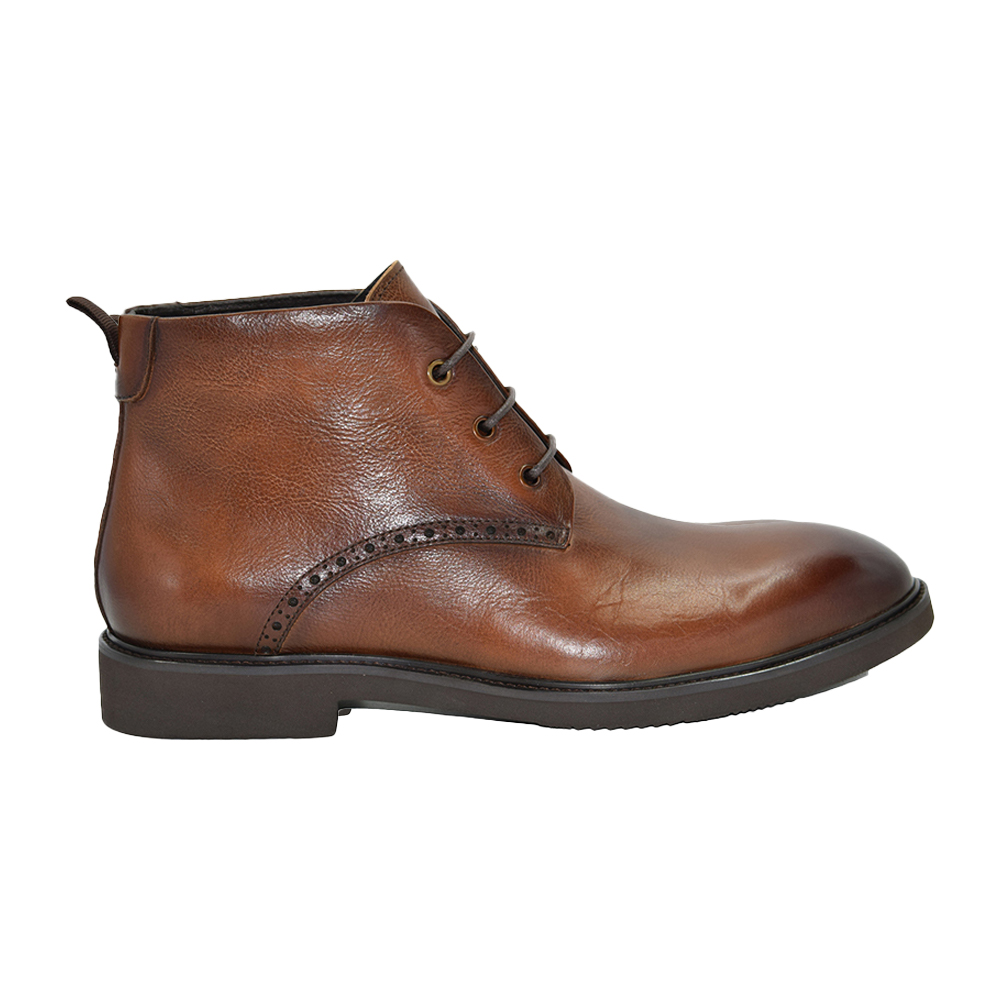
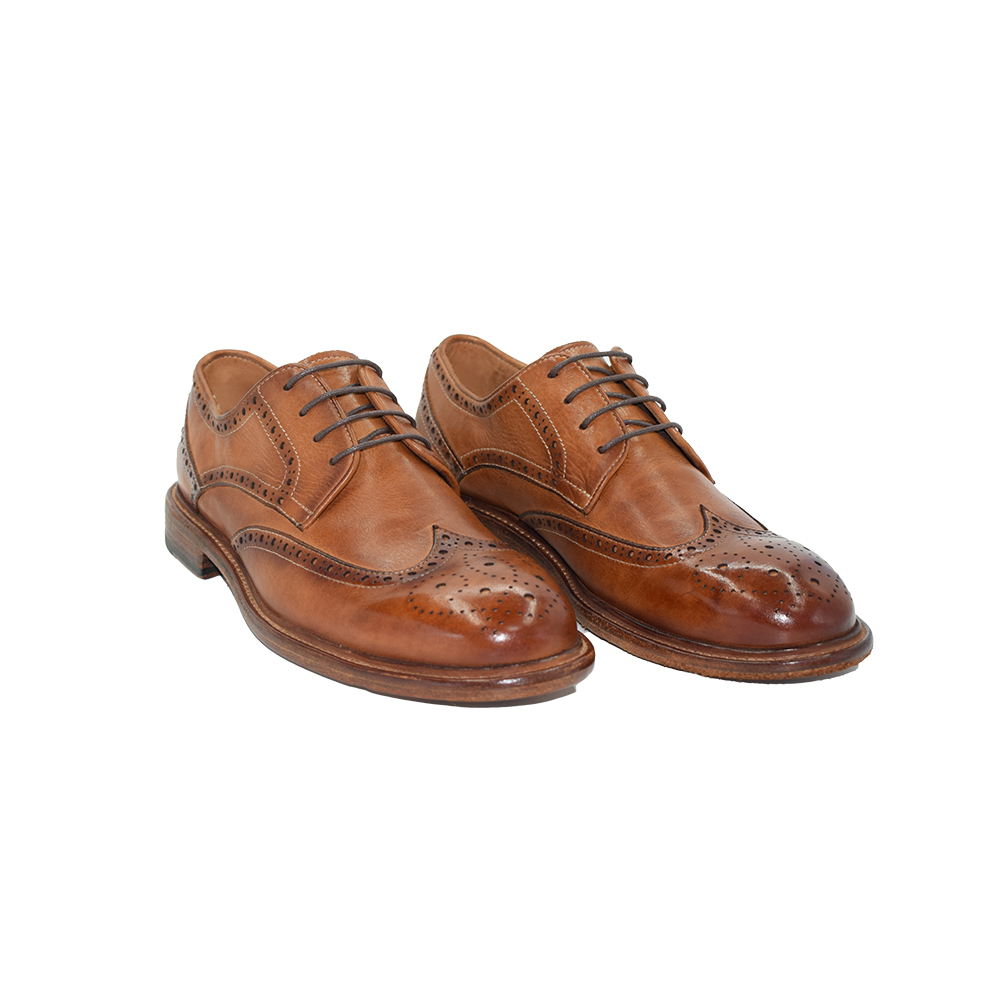
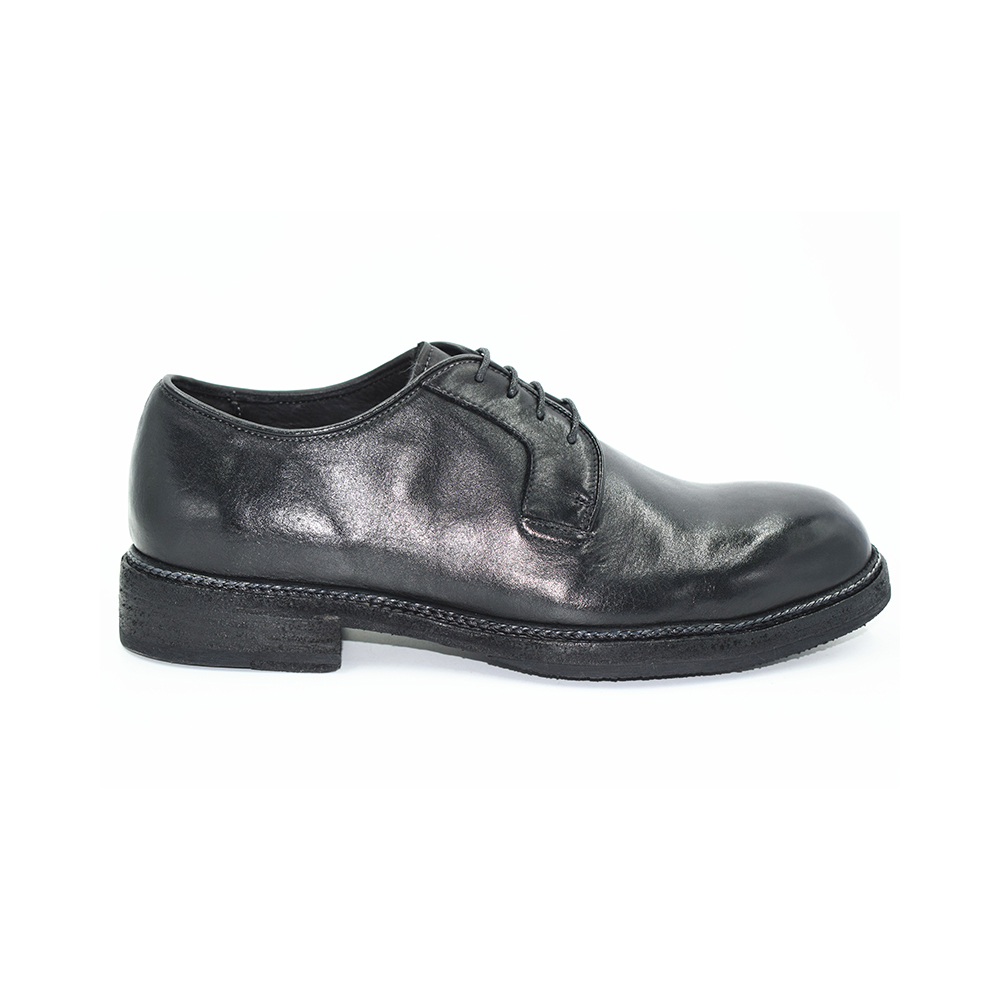
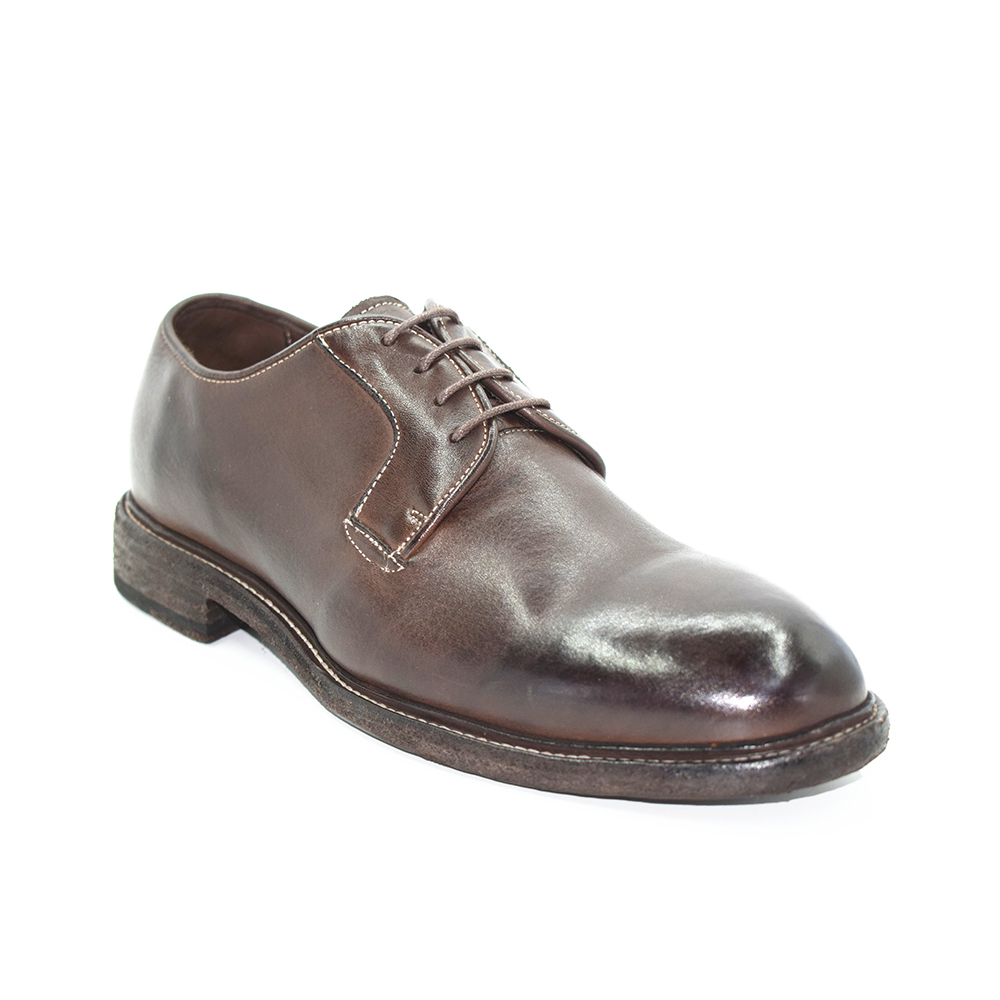
8. The Future of Goodyear Shoes: Innovation Meets Tradition
While rooted in tradition, Goodyear construction continues to evolve:
8.1 Hybrid Welts
Combining Goodyear welts with thermoplastic polyurethane (TPU) for lighter, flexible soles.
8.2 Smart Features
Embedding moisture-wicking linings or temperature-regulating membranes without compromising craftsmanship.
8.3 Digital Customization
3D foot scanning and AI-driven design tools enable precise fits and virtual prototyping.
Invest in Goodyear Shoes for a Lifetime of Elegance
Goodyear shoes are more than footwear—they’re heirlooms. Their unmatched durability, repairability, and timeless aesthetics make them a wise investment for those who value quality over quantity. As a factory dedicated to preserving this craft, we invite you to explore bespoke Goodyear shoes tailored to your feet, style, and values. Step into a legacy of craftsmanship that only improves with time.
Any questions pls contact custom shoes expert Whatsapp +86 13392749315 and Get the latest news and updates straight to your email inbox.


